From the initial days of planning our travels, Sicily was on our list. I’m not sure why it exerted such a strong magnetic pull on us, but we were determined to go. In retrospect, it’s clear that we had very little idea of what we would find there. The happy result is that our month in Sicily was an unfolding of one surprise after another as we explored the changing landscape and immersed ourselves in a fascinating multicultural history spanning nearly three thousand years.
Sicily is actually quite a big island—2 ½ times the size of the “Big Island” of Hawaii. If comparison with a mainland US state would be more more helpful, Sicily is slightly larger than Vermont, though nothing in Vermont or anywhere else in North America east of the Rocky Mountains approaches the height of Mt. Etna, an active volcano that rises about 11,000 feet above sea level.
Also unlike Vermont, for much of the last 3,000 years, Sicily has been a principal crossroads of Ancient and European history owing to the island’s strategic location right in the middle of the Mediterranean Sea. It seems like just about everyone came through here at one time or another, throwing their weight around and leaving their own cultural footprint. The island’s fortunes rose and fell accordingly.
3,000 years in three minutes
With apologies to our historically minded friends for much oversimplification
Some of the earliest references to Sicily are from The Odyssey in the 13th century BC. Odysseus was here as he made his way home after the Trojan War, and some suggest that Etna was the one-eyed cyclops Polyphemus who trapped Odysseus and his men in a cave and then hurled giant boulders at them as they escaped in their boat.
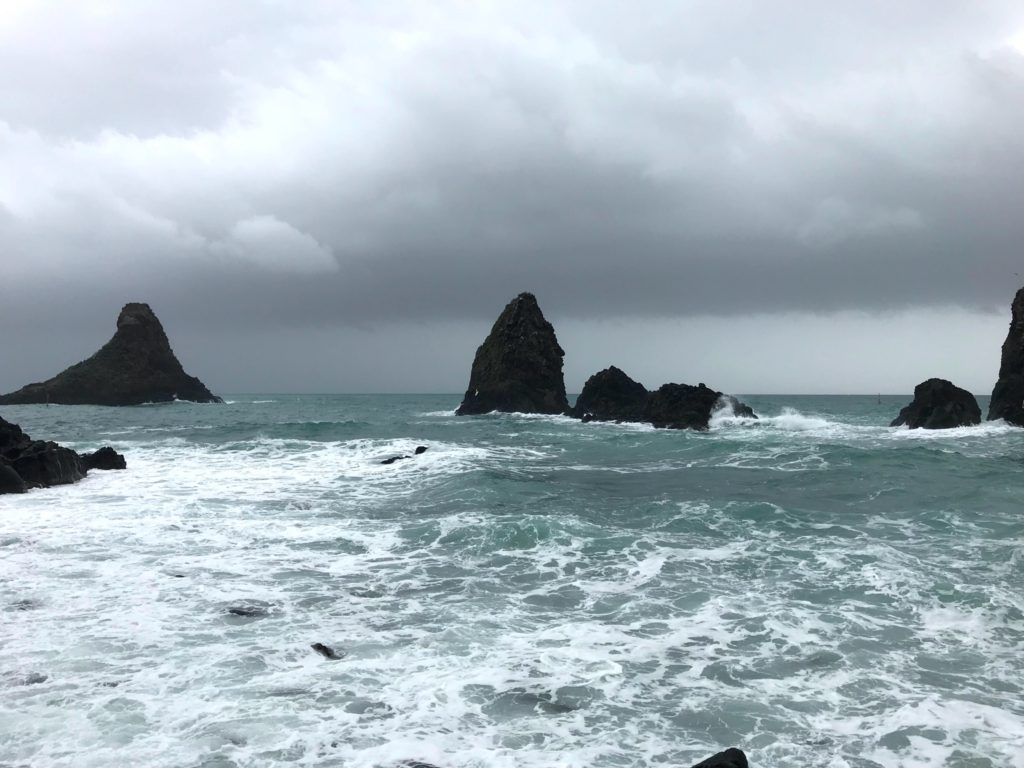
Later, Odysseus and his men had to pass through the narrow Strait of Messina, where Sicily is closest to the Italian mainland. In The Odyssey, the strait is guarded by the twin perils of Scylla and Charybdis (the original “rock and a hard place”). Odysseus chose to sacrifice a few men to the eddies of Charybdis on the Sicilian side rather than risk facing the six-headed monster Scylla near the mainland.
Four hundred years later, in the 9th century BC, Greek and Phoenician settlers arrived. The Greeks built towns on the eastern shore at Naxos (near Taormina), Catania, and Siracusa (Syracuse), and at Gela and Agrigento on the southern coast. Phoenicia and later Carthage (now Tunis) settled the west and northwest of the island, including Palermo, Solunto, Eryx (today Erice), and Motia (near Marsala). These cities were each independent, and their citizens did not yet feel a common Sicilian identity.
By about 600BC, Siracusa had become an important Greek city. Carthage coveted it. So too did Athens, always on the lookout to expand its clout over other Greek cities and beyond. Both failed. Thucydides’ history of the 5th-century BC Peloponnesian War between Athens and Sparta includes a wonderfully detailed account of the disastrous attempt by Athens to take Siracusa.
In 212BC, Rome succeeded where others had failed and overcame Siracusa after a two-year siege. A Roman soldier killed the great mathematician and engineer Archimedes (“Eureka!”) who was born in Siracusa and famously led the defense of the city using several ingenious war machines. All of Sicily eventually came under Rome’s dominion in 201BC when the Romans defeated Hannibal of Carthage. This is the same Hannibal who had crossed the Alps with his elephants to invade Italy 17 years earlier. Fertile Sicily was an important acquisition and served as Rome’s breadbasket in the final years of the Republic and into the early years of the Empire.
When the western Roman Empire finally ended in the 5th century AD, Sicily came briefly under control of the Goths and Vandals, and then spent the next few centuries under the Byzantine rulers in Constantinople. With the spread of Islam into southern Europe in the 9th century, Sicily too came under Arab (Saracen or Moor) dominion. The island prospered as the Arabs introduced important new agricultural techniques and products, as well as the Arabic numbering system.
In 1061, Roger de Hautville of Normandy crossed the Strait of Messina into Sicily a few years before his compatriot William crossed the English Channel in 1066 to conquer England. Within a decade, all of Sicily was under Roger’s control, and he spent the next 30 years building a prosperous multicultural state. In 1130, Roger II was crowned King of Sicily, a kingdom that also included most of southern Italy and Carthage and was the wealthiest in Europe at that time. Roger II ruled from Palermo and built an astonishing Norman-Arab-Byzantine cathedral in Cefalù that he intended as his burial place, but it was still unfinished when he died. His grandson William II turned his attention instead to building an even grander cathedral in Monreale near Palermo.
The Normans were eventually replaced by the Swabians (Germans). Then came four unhappy centuries of colonial exploitation under Spanish rule (including terrible suffering under the “Inquisition”), followed by the Bourbons of France. Garibaldi famously crossed Sicily with a thousand armed men in 1860 to liberate it from the Bourbons and then helped create a unified Italy under King Vittorio Emanuele II. With Sicily now firmly part of modern Italy, you probably know much of the rest, including the World War II landing of Allied Forces in Sicily under US General Patton and British Field Marshall Montgomery.
So the upshot is that with just a little effort, the modern visitor can see traces of prehistoric settlements, as well as all the great movers and shakers of the western world—Ancient Greece, Phoenicia, and Carthage. Rome and Byzantium. Spain, bookended by the Normans and Bourbons. Even Germany, the US, and UK. There aren’t many places where you can see all that.
Whew…with all this history rattling around our brains, what did we actually do for a month?
We didn’t feel we had time to do justice to all of Sicily in four weeks, so we decided to focus on the eastern side. I really wanted to see Siracusa after reading Thucydides last year (thanks Dylan!). Also we thought there might be some good hiking around Etna and in the Nebrodi mountains. We decided to split our time between Fiumefreddo and Noto, two smallish towns well-situated for exploring most of eastern Sicily. We’re intrigued enough to believe that we will return someday to visit the western side of the island.
Highlights of our Visit
Rather than give you the blow-by-blow of our time in Sicily, we’ll just focus on the top ten highlights (in no particular order).
Etna. Hiking up to the sulphur-belching crater was mind-blowing. We did a whole blog on it already, so we won’t repeat ourselves. I will say, though, that one attraction of our apartment in Fiumefreddo was its huge private terrace with a wonderful view of Etna just 20 miles away. I watched the sun rise most days with my back to the east, focusing instead on how the rising sun’s rays illuminated the volcano—first the peak, then creeping quickly down the sides of the mountain until the whole landscape was lit. Lorrie preferred to sleep through the whole show every day, and unfortunately it’s one of those things that you can’t capture on an iPhone.
Ancient Greek theaters in Catania, Siracusa, and Taormina. The ancient Greeks loved theater, and all of these towns are endowed with a spectacular theater built into a hillside in a semicircle around a stage at the base. The Romans later expanded and updated them to suit their own performances. The theater in Taormina has the most beautiful setting, with views of the Calabrian Sea to the east and Etna to the southwest, while the one in Siracusa is the largest, commanding a hill overlooking the city and the sea. In Catania, the archaeologists preserved some of the medieval and newer buildings that had been built right on top of the ancient theater, which seems to emerge from behind, under, and around these newer structures. In the later years of the Roman Empire, a stream was redirected to flood the stage area so the actors could perform in water—what a great image!
Ortigia. This small island just off the coast was the original, ancient fortified city of Siracusa. It’s fun just to wander through its narrow streets. The cathedral of Santa Lucia was the first church in Europe to be dedicated to Christ. It was built on top of the 5th-century BC temple of Athena and incorporates 24 of the original 36 massive stone columns from the temple. Nearby, a small church displays a fabulous late painting by Caravaggio (The Burial of Saint Lucy), and there’s also an enjoyable “please touch” museum devoted to Archimedes’ discoveries and inventions. The impressive 13th-century fort, Castello Maniace, is perched at the point of the island in a commanding position to defend the city from attack by sea.
The ancient coin collection in the Paolo Orsi Archaeological Museum in Siracusa. This is a great, albeit sprawling and overwhelming, museum, which could occupy you for several days. It’s a good thing we started in the basement with the vast collection of ancient coins, which is perhaps the absolute highlight of the collections. The earliest coins date to the 6th century BC. (And no, they weren’t stamped with the letters “BC.”) They were astonishing in both their detail and beauty, which you can really see using the helpful magnifying glass provided for each case. The exhibition was nicely curated with ample written explanations, including information about the evolution of the value of the coins and hints at early monetary policy.
Cefalù. We came here on a whim, extending a day trip on the northern coast to an overnight, because we just had to see Roger II’s Norman-Arab-Byzantine cathedral with its towering mosaic of Christ Pantocrator (“Christ Almighty,” named in accordance with Byzantine or Eastern Orthodox convention). Wow! It was worth the stressful long drives in the dark in our tiny Fiat 500. This is another town for wandering the narrow streets or climbing to the high cliffs above the city for terrific views. The coastline around Cefalù is something else—rocky cliffs pounded by aquamarine waves alongside a protected harbor and sandy beach.
Noto turned out to be a wonderful base for our second two weeks. Just over three hundred years old, its historic center is new in Sicily-time—built after a 1693 earthquake completely destroyed the prosperous hilltop town. Rather than rebuild in the same place, the survivors built an entire new baroque city from scratch, six miles away. The honey-colored walls of the cathedral, churches and palazzos glow with the rising and setting sun. Our apartment was just outside of the historic center and had a rooftop terrace that provided a great vantage point for admiring the baroque buildings and the surrounding agricultural countryside. It was a delight to sit on the terrace and watch the light change over the course of the day. I also loved trying to fit into the local scene in our neighborhood. My daily rituals included buying fresh pasta from Sabrina, vegetables from a couple of farm trucks that set up in our piazza, and visiting Nello to fill a carafe with local wine—Nero d’Avola, at €3/liter.
Pantalica is a neolithic necropolis dating to the 13th century BC. Over some 600 years, early Sicel people cut over 4,000 tombs into the limestone cliffs in the deep gorges where the Anapo and Calcinara rivers meet. It’s a large area, and by early afternoon it was getting hot for a hike, but we couldn’t resist.
The Nebrodi Mountains contain the largest stretch of forested land in Sicily. We did a long hike on a beautiful fall day. Good for the soul. And an added bonus was a brief stop in the nearby hilltop town of Cesarò where our friend Jim’s grandfather was born. This is a good time to mention that Sicily was also an important source of immigrants to the US, Argentina, and Australia, particularly between 1880 and 1920. Over a million Sicilians emigrated to the US during those years. We’re glad that Jim’s grandfather was one of them!
Villa Romana del Casale was built in the 4th century AD by a Roman nobleman in a town deep in the interior of the island (near Piazza Armerina). Excavations over the last 20 years have uncovered over 60 rooms with 45,000 square feet of intricate mosaic tiled floors. Artisans worked in the Roman African style and laid an average of over 3,000 mosaic tiles per square foot. Archaeological excavation is ongoing.
Torre Faro (Charybdis). This is the Sicilian side of the Strait of Messina, guarded by the legendary eddies of Charybdis. We spent a few sunny windy hours here watching kite surfers and imagining each one of them as a modern-day Odysseus. His voyage would have been very different if he had one of these!

The countryside too is so beautiful! And we’ve hardly mentioned the art and architecture. There’s so much beauty everywhere! We’ve posted just a few more pictures at the bottom.
Friends and Family
Our travels are always best when people we love come to join us.
Our time in Sicily was greatly enriched by a five-day visit with our friends Nancy and David. What a treat! Thanks for 30 years of friendship and for hanging out with us in Noto!
Before arriving in Sicily, we had a wonderful 10-day vacation with my two sisters in Venice, Portofino, and Tuscany. I had fun sharing with them my love of Italy, and we had lots of quality time together—sightseeing, walking, talking, and cooking with three Tuscan grandmothers. We even managed to fit in some shopping. We look forward to our next vacation together!
Wrapping up
We’re now in Rome. Three weeks here seems a fitting way to follow our month in Sicily. And then our time in Europe will be over. We’ll be back in DC in mid-December and hope to see many friends before we leave again in January. Back to big nature and summer (!)—this time in New Zealand!































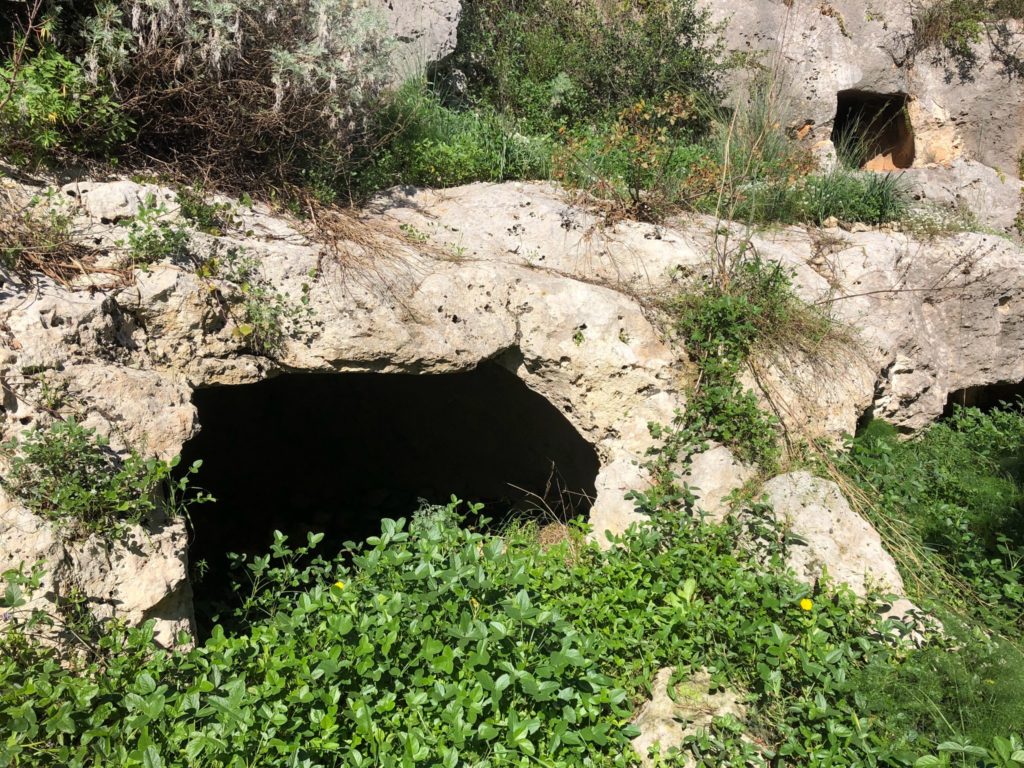








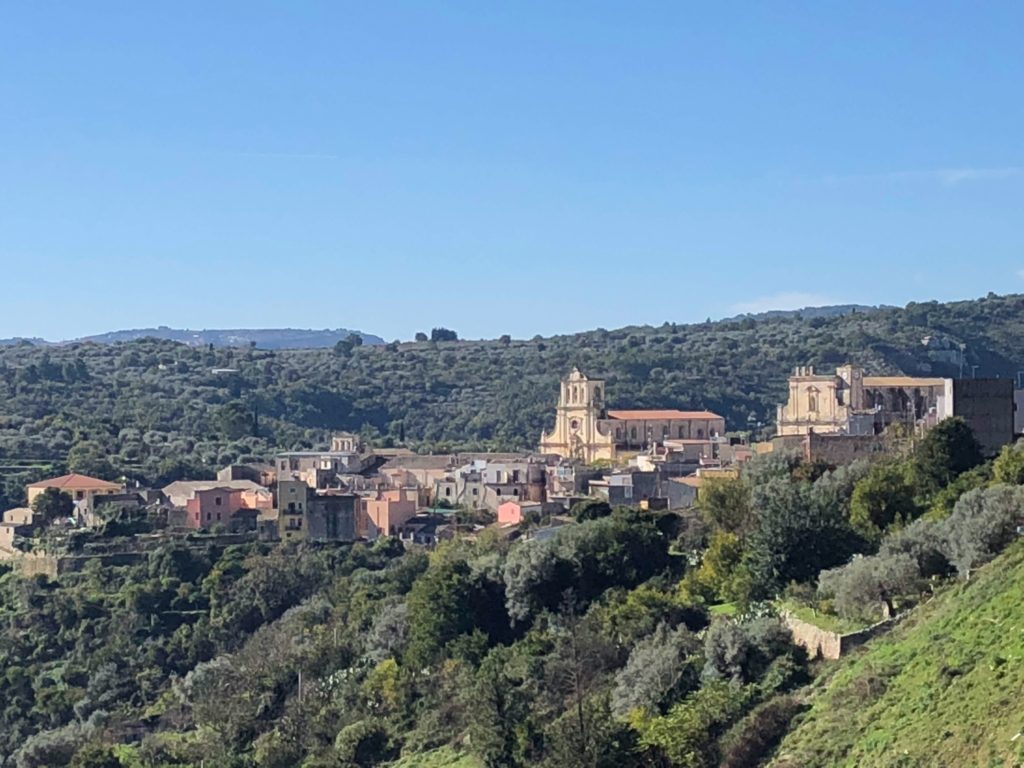


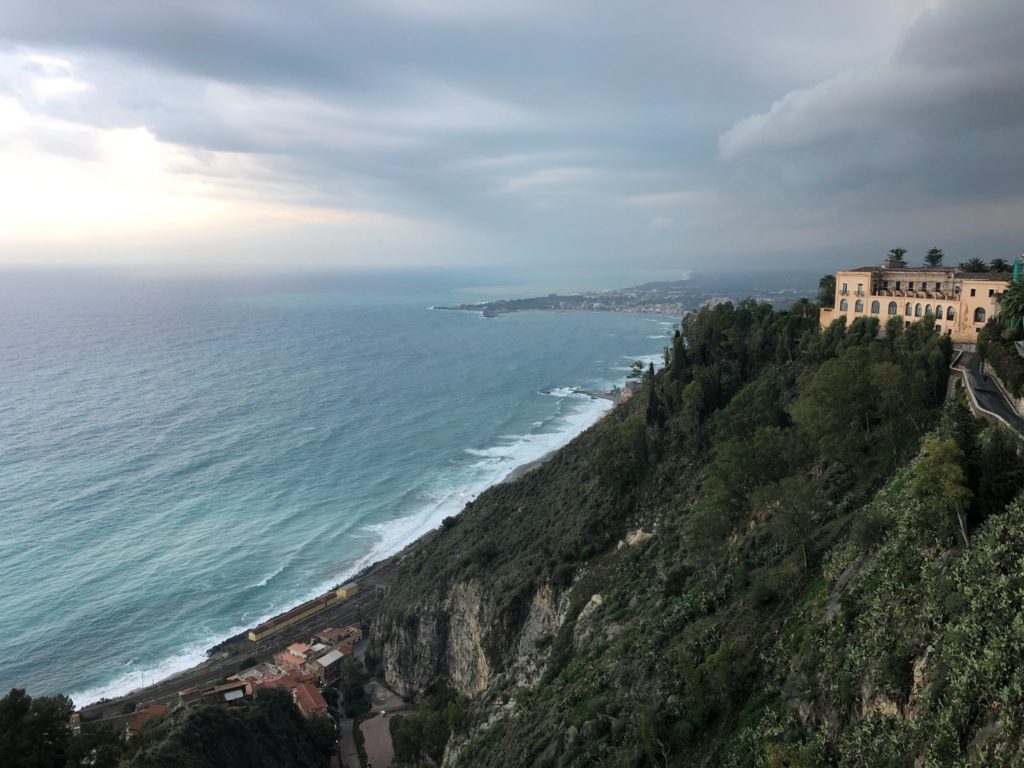





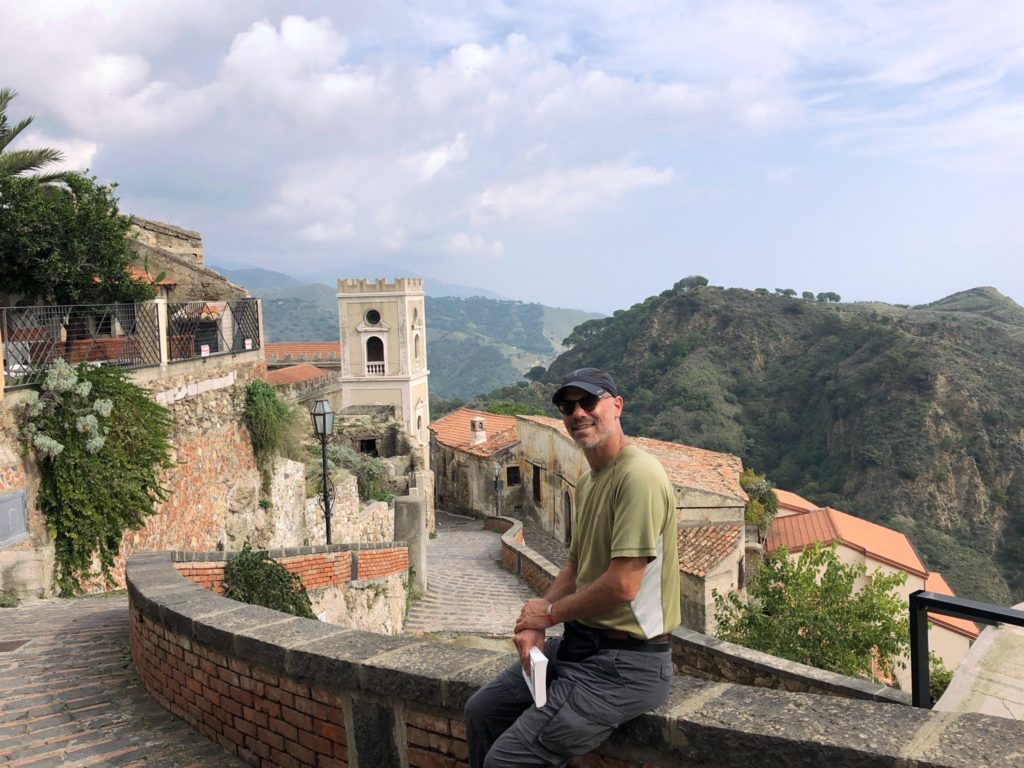




Bob and Lorrie – so glad that you got to Cesaro…..and to so many other great sight in Sicily. We’ve been there once, but can’t wait to get back. You took some amazing pictures too!
Thanks for sharing your adventures Lori and Bob. Look forward to reading the other blog posts. Enjoy New Zeland.
Wonderful, I’ll come back for that brief history lesson at some point, too! I love seeing where you are exploring and how you think about travel. Cheers! liz
Thanks Liz. It’s been fun putting the puzzle pieces into the long arc of history. It was a real eye-opener to arrive in Madrid in May to learn about what else was going on in Spain in the early 1800s when Latin America was pushing for independence. San Martin surely knew a thing or two about timing!
New Zealand. When and for how long? We will be there late January to Mid February. Maybe we can see each other.
Stu and Robin